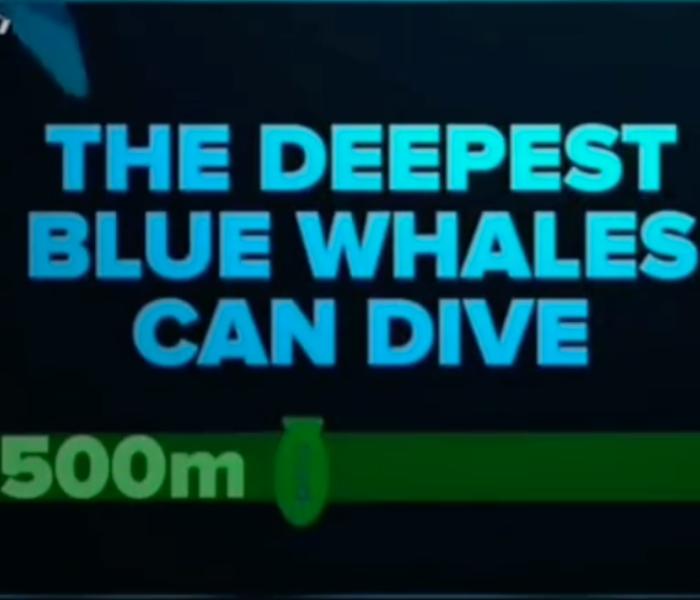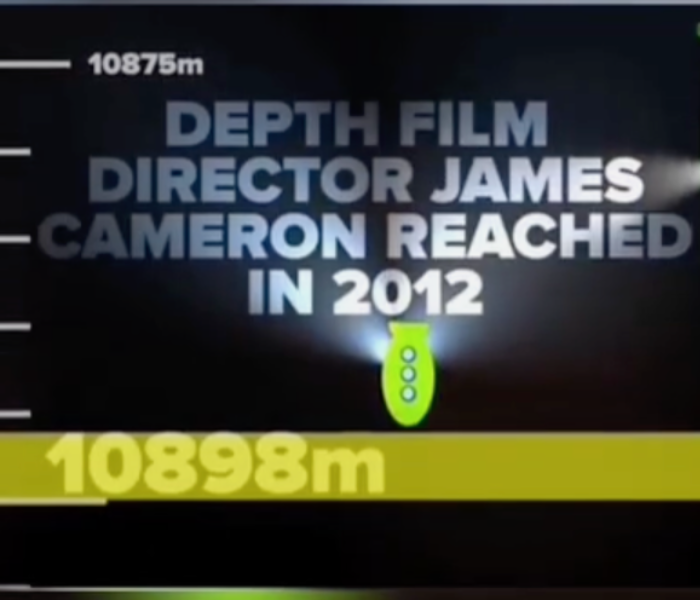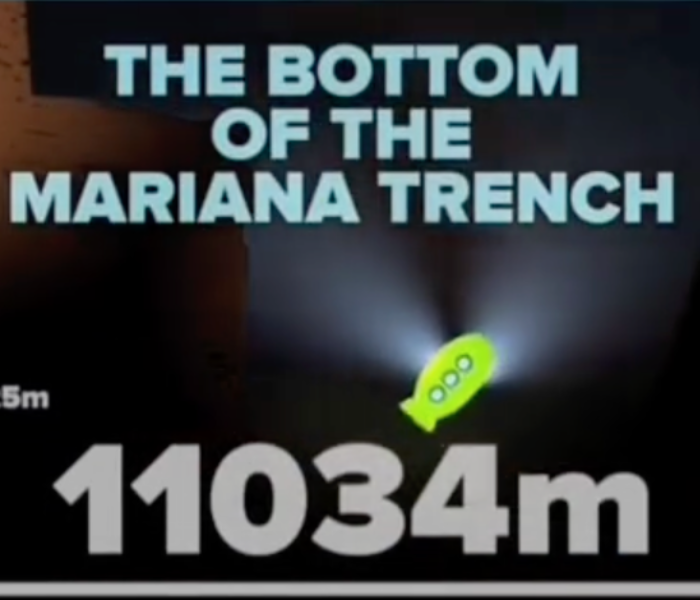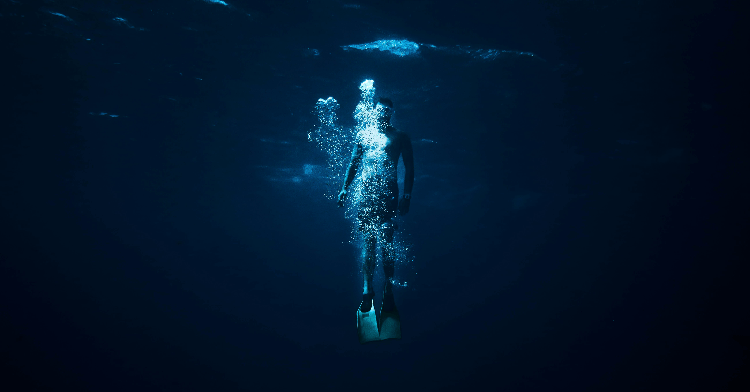Just how deep is the ocean? As of now, scientists believe it goes down 11,034m, which translates to about 36,200 feet—or roughly 7 miles. That may not sound extreme until you consider the logistics of pressure (more on that below). The ocean also covers 71% of the planet, so it’s no surprise that only 5% of the waters have been explored.
A recent video on the Facebook account Dark Discoveries Plus puts the vastness of the world’s oceans into better perspective and also makes you wonder about all the creatures that could possibly be living in the plunging uncharted territories.
This video explores the surface down to the Marina Trench, the world’s deepest known subduction zone, which is an area along the ocean floor where tectonic plates collide and then divide. The trench is also thought to be the overall deepest part of the ocean.
A typical scuba diver can only safely swim 40 meters down (130 ft). After that, the weight of the water gets harder to withstand. Professional divers can go a deep as 90 meters (300 ft), but it’s a risky and complicated feat.
Despite their massive, strong bodies, blue whales—the largest animal on Earth—can’t explore waters deeper than 500 meters. This is due to pressure and the mammals’ need to breathe air every 50 minutes.

The last bit of sunlight beams down to 1,000m max. After that, it is absolute, pure darkness, which is something most living creatures have never experienced.
Humans Have Managed to Travel Over 36,000 Ft into the Ocean Deep
Interestingly, the Grand Canyon actually descends beneath the ocean. The massive splendor originally began its slow formation on the sea floor 1,750 million years ago. Tectonic activity eventually brought the rock formations to a peak of 9,000 ft. But parts of them still jet 1828 meters underwater.
4267m (14000 ft) is the average depth of the oceans. However scientific advancements have allowed us to study areas much deeper. In fact, Titanic director James Cameron was able to get a submarine 10898m (35,756 feet) down during his 2012 quest to do the deepest-ever solo sub-dive.

But James doesn’t hold the record for the overall deepest sea exploration. That title belongs to Navy Lt. Don Walsh and oceanographer Jacques Piccard. They managed to descend 10994m, into Challenger Deep, in 1960. Fun fact, Don actually helped James Cameron with his mission over 5 decades later.
Then we have the bottom of the Mariana Trench. As stated above, that’s the deepest portion of the ocean, reaching about seven miles. While that distance on land may feel like a quick trip, the water at that point is so crushing that it can dissolve bones. Yikes! So it makes sense that scientists have had a hard time developing technology to withstand the pressure.

Share this story with inquisitive minds, and maybe we’ll see new advancements that help us map more of Earth’s mysterious waters.
You can find the source of this story’s featured image here.
Want to be happier in just 5 minutes a day? Sign up for Morning Smile and join over 455,000+ people who start each day with good news.



